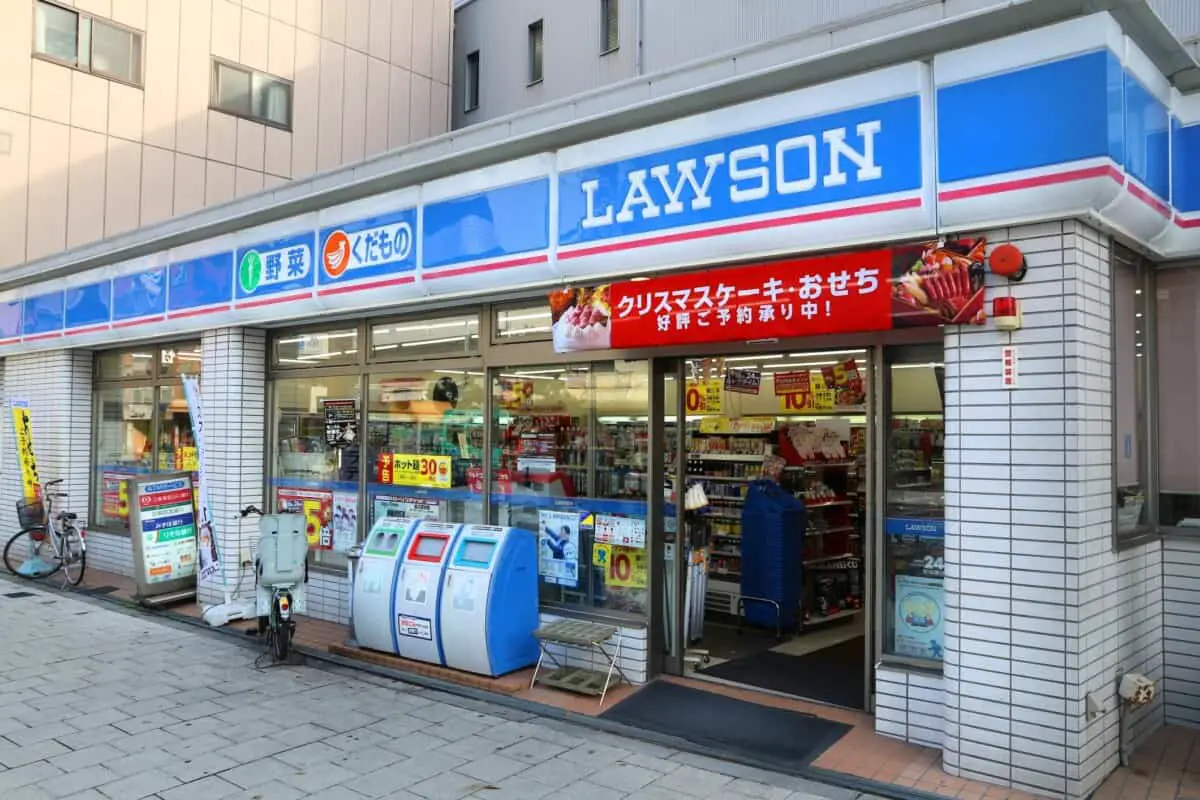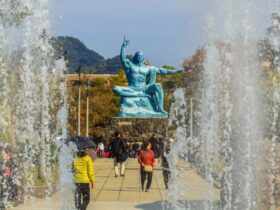When most people think about Japan, they envision the sky-scraper-filled cityscape of Tokyo’s bright lights or the vast expanse of Mount Fuji. Maybe some think about cherry blossoms while others visualize the amazing beauty of kimonos. But very few connect their thoughts to Japan’s epic convenience stores.
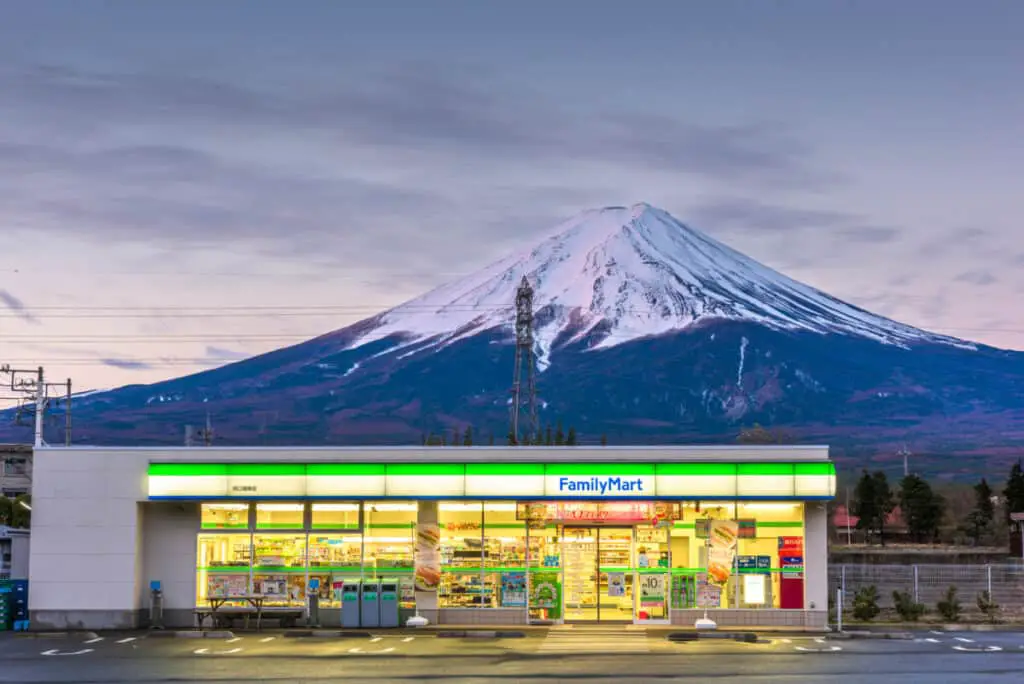
Walking into a convenience store in America is an entirely different experience than when you enter one in Japan. The food is not even in the same ballpark in terms of quality and presentation. This is also true for the store’s layout and design along with the plethora of services offered.
While it may not seem exciting to enter a convenience store in America, in Japan, it’s not the same thing. It’s a brightly lit beacon in the depths of night when there’s nothing else open.
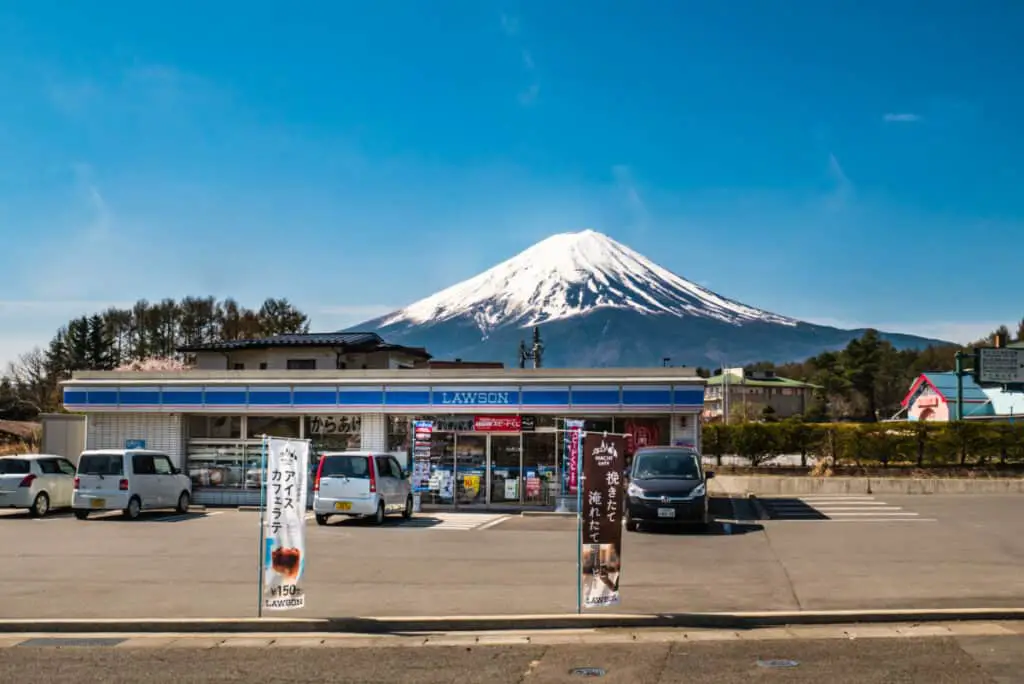
Competing stores and chains vie for customer attention and they go to great lengths to make captivating displays they hope people will buy more non-essential items.
Food quality and freshness can be on par with many fast food establishments and in some items can be even fresher in larger cities due to the fast deliveries by the local supply chain distributors.
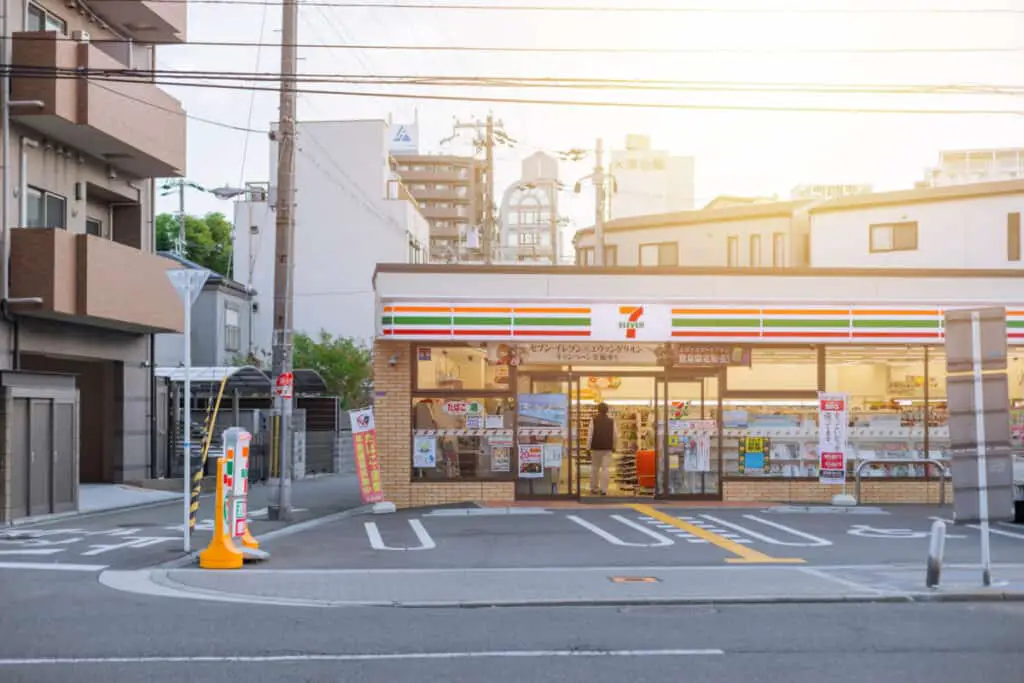
As a whole, there are three major convenience store chains across Japan competing for the Japanese market. They are Lawson 11,384 stores headquartered in Shinagawa, Tokyo, 7-Eleven has 21,143 Stores headquartered in Chiyoda-ku, Tokyo, and Family Mart totals stores 17,409 headquartered in Shibaura, Minato-ku, Tokyo.
What do they call a convenience store in Japan?
Convenience stores in Japan, known as a “konbini,” are one-stop shops that adorn every street corner. The word is short for the noun, konbiniensu sutoru. It translates literally to “convenience store.”
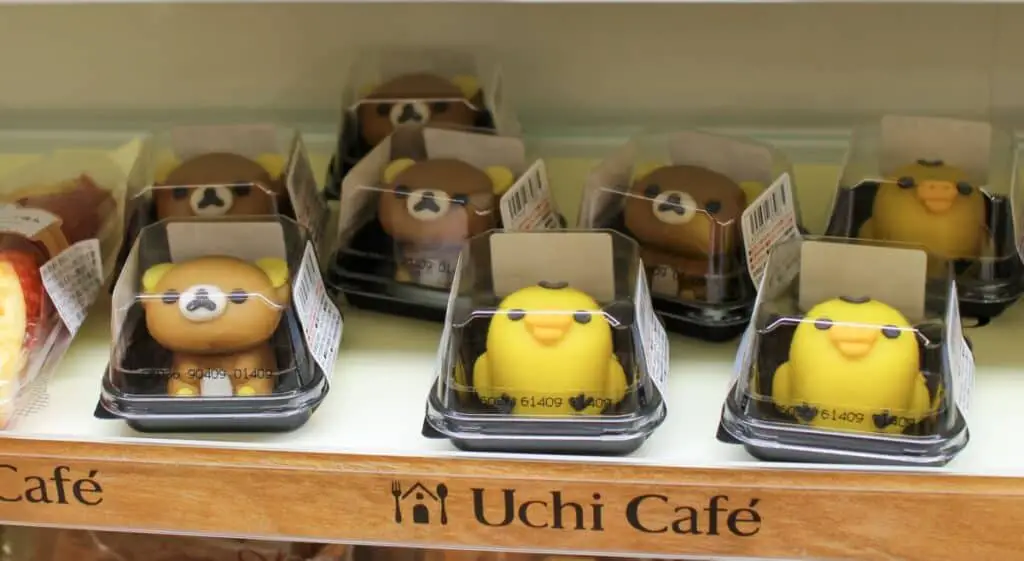
You could also classify konbinis as bodegas or if you’re from the UK, a comer shop. But these places have so much more than snacks and newspapers. Plus, they’re larger than the average corner store selections with a myriad of unique Japanese foods to offer.
Where do konbinis come from?
Konbinis came to Japan in the mid-1970s, years after the allied occupation of World War II began. During the occupation and in the following years, allied forces residing there influenced certain aspects of Japanese culture. American businesses saw an opportunity to serve these forces and introduced the convenience store.
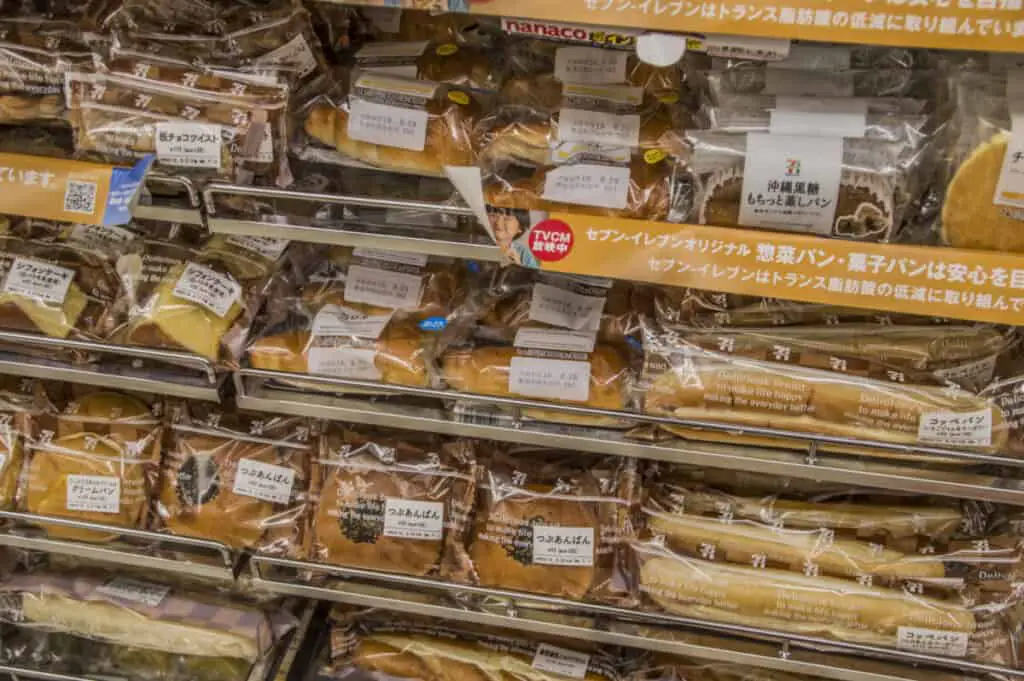
The WWII Connection
Not only did this give soldiers and ex-pats a sense of home, but it also allowed them to get products not frequently found in Japan. However, the businesses were clever and they catered to the many Americans while also serving the local Japanese markets.
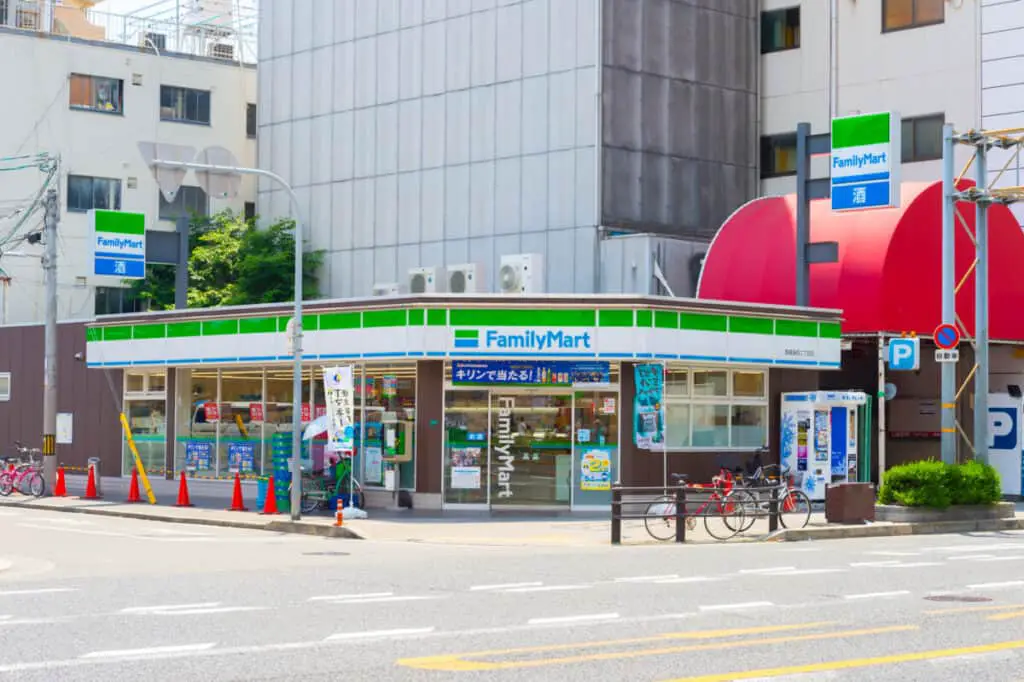
The konbini has become extremely popular and closely linked to contemporary Japanese culture. Many Americans and Canadians currently living in Japan rely on these stores. The services they offer help them stay connected with their loved ones abroad and make it very easy to grab and go for a quick meal.
How many konbinis are in Japan?
It’s estimated there are over 50,000 convenience stores in Japan. They are very common in larger cities and heavily populated areas such as Kyoto, Tokyo, and Osaka. However, there are many in rural areas too.
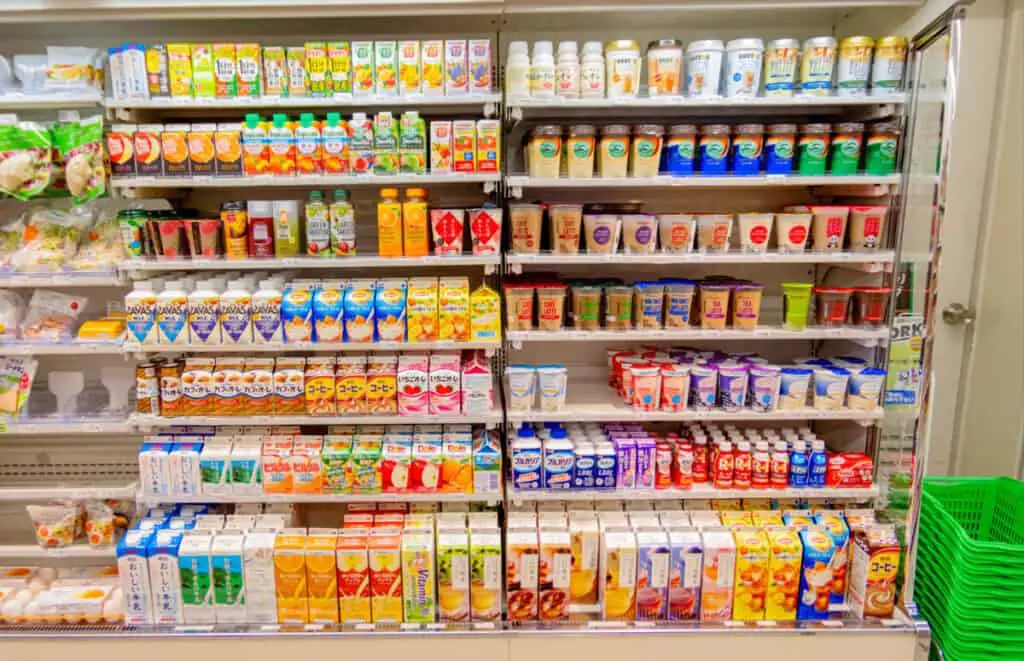
To illustrate their popularity and necessity, at the end of 2019, konbinis generated ¥11.6 billion. That would be about $98,670,000 in the US.
What kind of food do they offer at konbinis?
Grabbing a sandwich for lunch on your break is a far different experience in Japan than it is in the United States. At a konbini, there’s a huge selection of fresh and fantastic food.
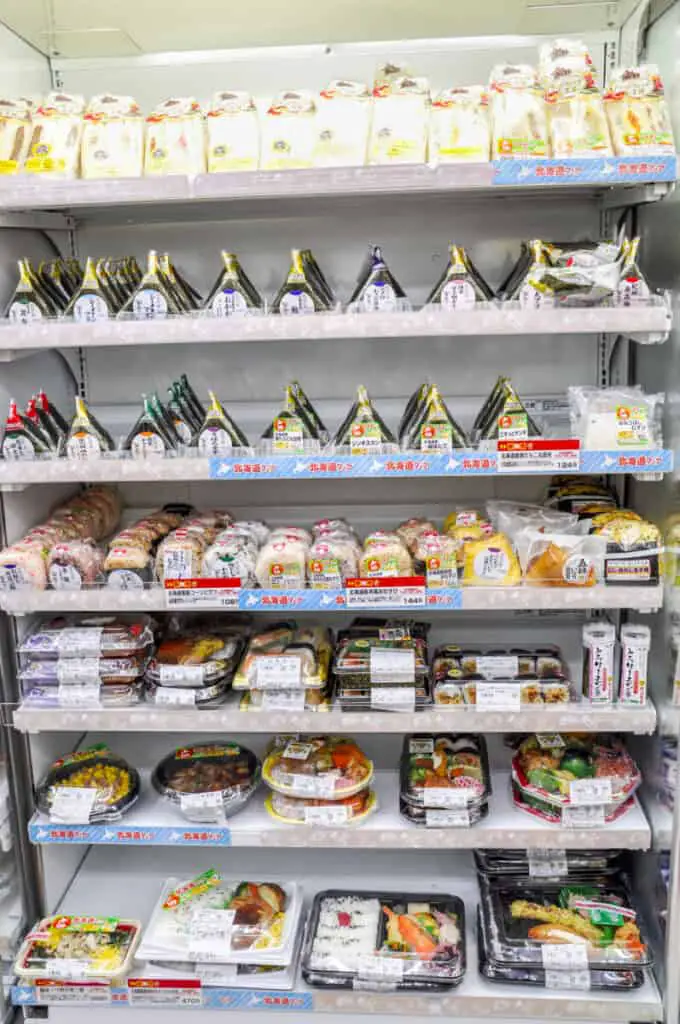
There are sandwiches made with fresh bread and come in a host of different fillings. There are some konbini that make your sandwich and many fried foods fresh to order.
Common Konbini Items
They have American-type sandwiches like egg or ham salad. But they also have ones specific to Japanese cuisine. There are bento boxes, yakisoba bowls, and donburi bowls that come in an array of selections.
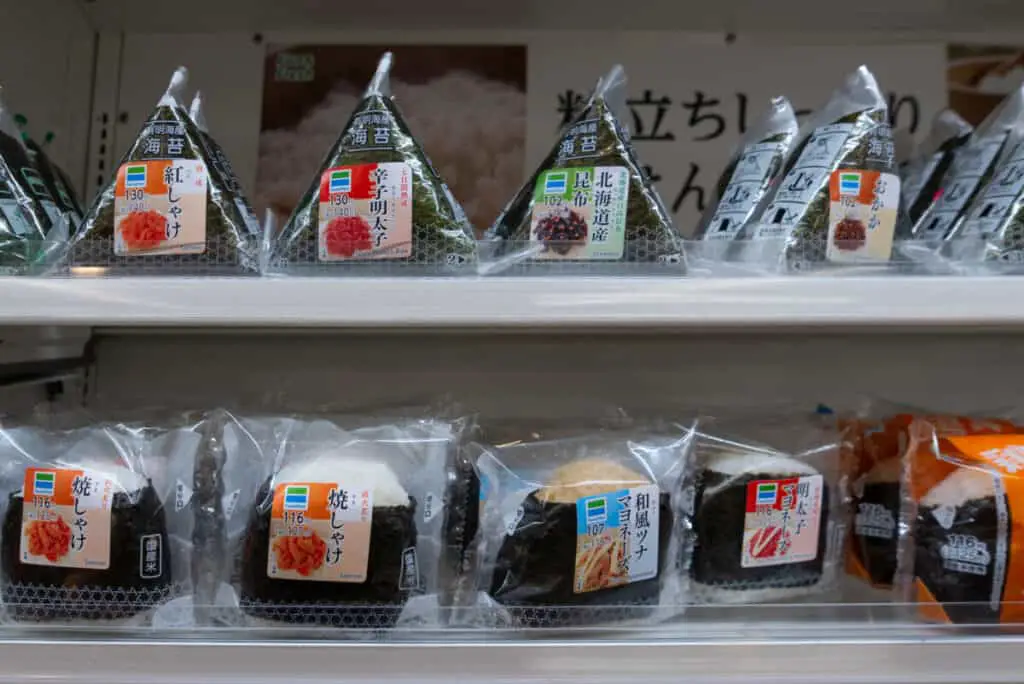
Some of the offerings are fresh and healthy while others are less so. Many locations offer to warm your food for you and provide disposable silverware. The following is a partial list of snacks, and meals you can find at the average konbini.
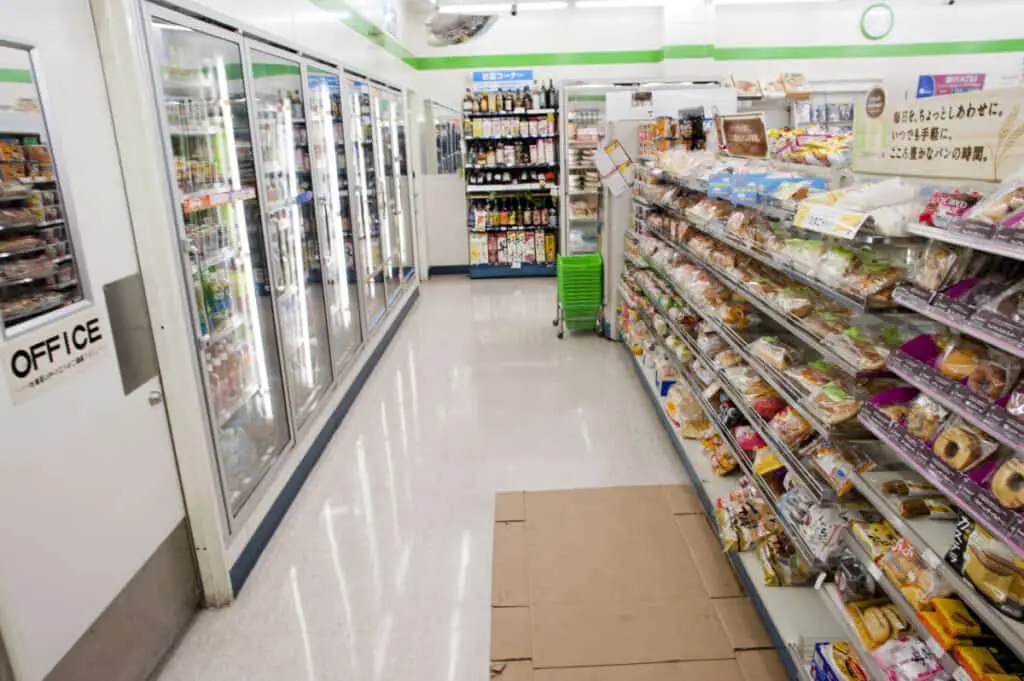
- Nikuman: Chinese-style steamed buns filled with savory meat, pizza-style ingredients, veggies and many others.
- There’s takoyaki, or octopus dough balls, sweet red bean paste and cheese curry too.
- Tonkatsu: a pork cutlet, breaded and deep fried
- Yakisoba: stir-fried noodles
- Oden: make your own stew during the winter months; you have a choice of adding chicken, potatoes, tofu, noodles and so many other ingredients
- Onigriri: triangular or circular rice cakes wrapped in seaweed with salmon or tuna
- Korokke: potato croquettes
- Gyoza Boxes: Japanese potstickers
- Sushi Platters
- Chips
- Hot Dogs
- Corn Dogs
What other items and services are available at a konbini?
Konbinis have almost anything you could need. There’s alcohol, including sake, beer, and wine. You can also get milk, bread, eggs, newspapers, toiletries, and other beverages. Of course, there are batteries, playing cards, and accessories for your smart devices.
Take Care of Personal Business
Not only can you grab a quick meal to eat, but you can also pay bills, pick up packages, send parcels, use the internet and, of course, go to the bathroom. But that’s not all. You can buy tickets for anything from taking a bus to going to a concert and even planes for travel.
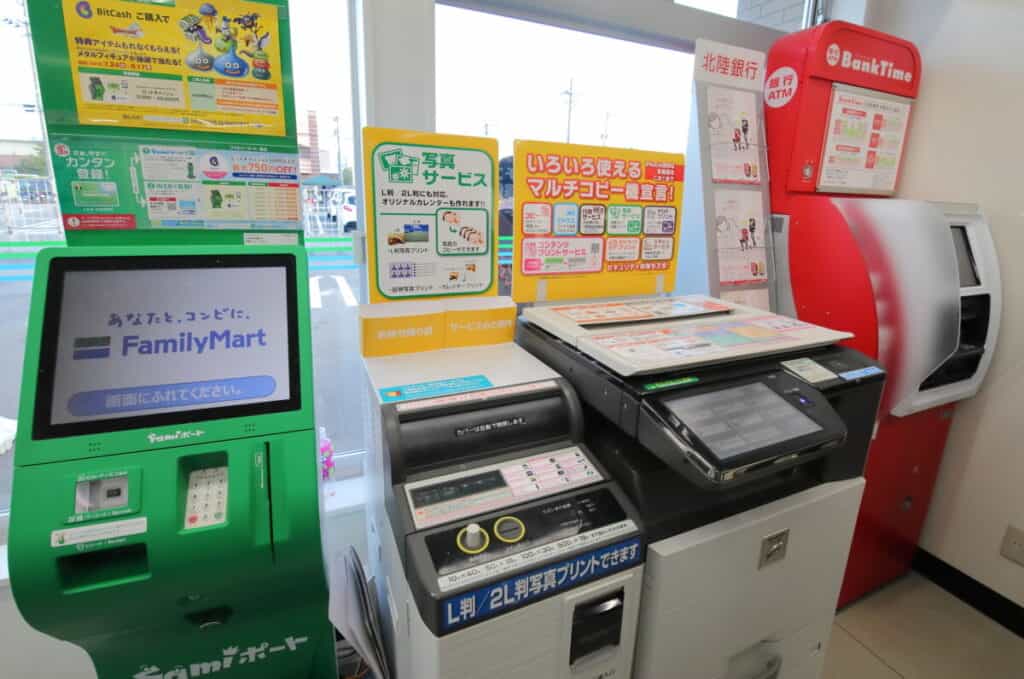
There are ATM machines and a kiosk to get a kind of prepaid credit card. When you’re meal is warm, there’s a seating area where you can take the time to enjoy it. Actually, it’s a good idea that you do sit and eat at the konbini. The Japanese look down on the concept of eating while walking on the sidewalks.
Unique services offered by most Konbini
Self Service Terminals
At the multi-purpose terminals, which also function like a copy machine and fax machine, tickets for sporting events, concerts, theme parks, highway buses, and other travel services may be purchased here. terminals may be in the Japanese language only and don’t offer English usability.
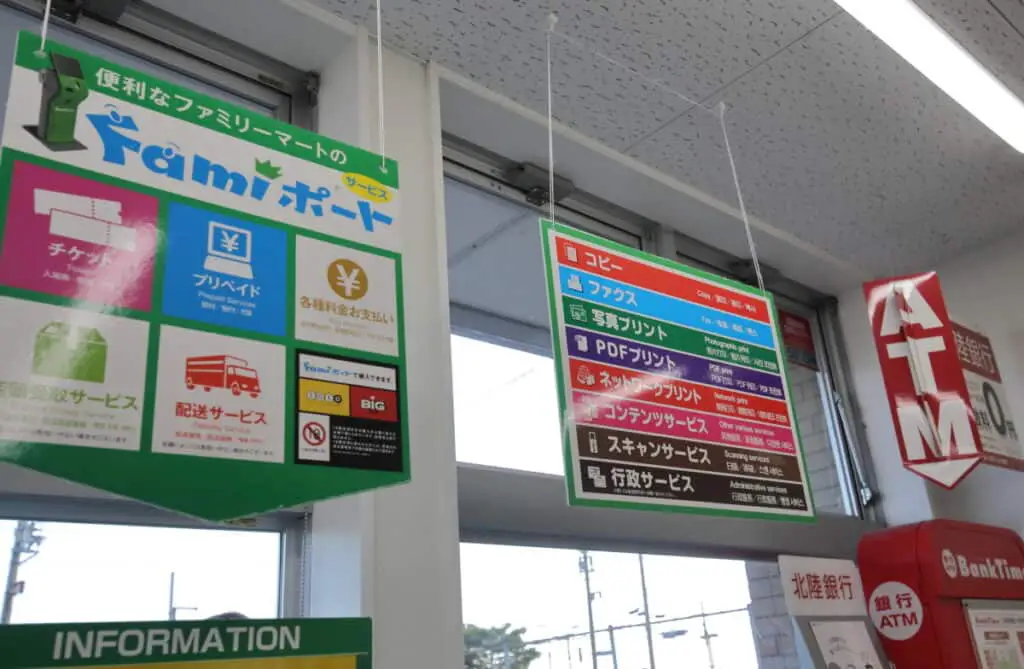
ATM for Japanese and international cardholders
Cash withdrawal and other financial services are available through konbini ATMs. Many locations will offer ATMs that accept foreign credit and debit cards. Foreign cards are commonly accepted at all 7-Eleven ATMs.
Package delivery and hold services
It is possible to drop off or pick up package shipments, such as online orders or travel suitcases delivered from the airport at numerous konbini There are also postal services offered, such as the selling of postage stamps and stamps and even sending packages.

Bill Payment Services
Convenience stores accept payments for utility, mobile phone, car tags, taxes, and insurance bills. The kobini provides special receipts for payment of these types of bills.
How are konbinis similar to and different from foreign convenience stores?
Both American, European, and Japanese convenience stores are open 24 hours a day and seven days per week. They offer food, supplies, and other convenience items. Many countries have Seven Eleven but the USA lacks Lawson’s and Family Mart.
Special to Konbinis
Japanese convenience stores are extremely clean and create an environment for people to, dine-in, relax and utilize their services, like Wi-Fi and Multi-Purpose Terminals for buying tickets.
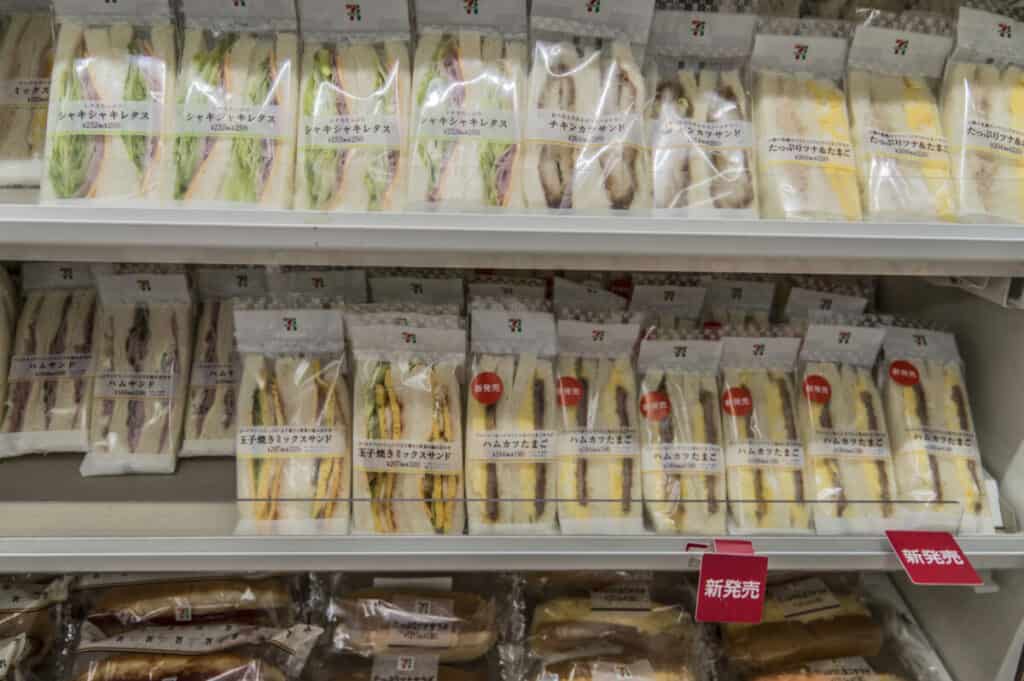
Eating inside konbinis is generally relaxing and enjoyable in Japan, so the seating areas are pleasant. Also, many of the items they sell and the food they offer vary depending on the season and sometimes location.
Convenience Store Experiences Outside Of Japan
Not that some American convenience stores aren’t clean, but there are others that leave the customer with much to desire. These often sell a myriad of junk food with many store made foods that have been sitting on the heating tables since the wee hours of the previous morning.
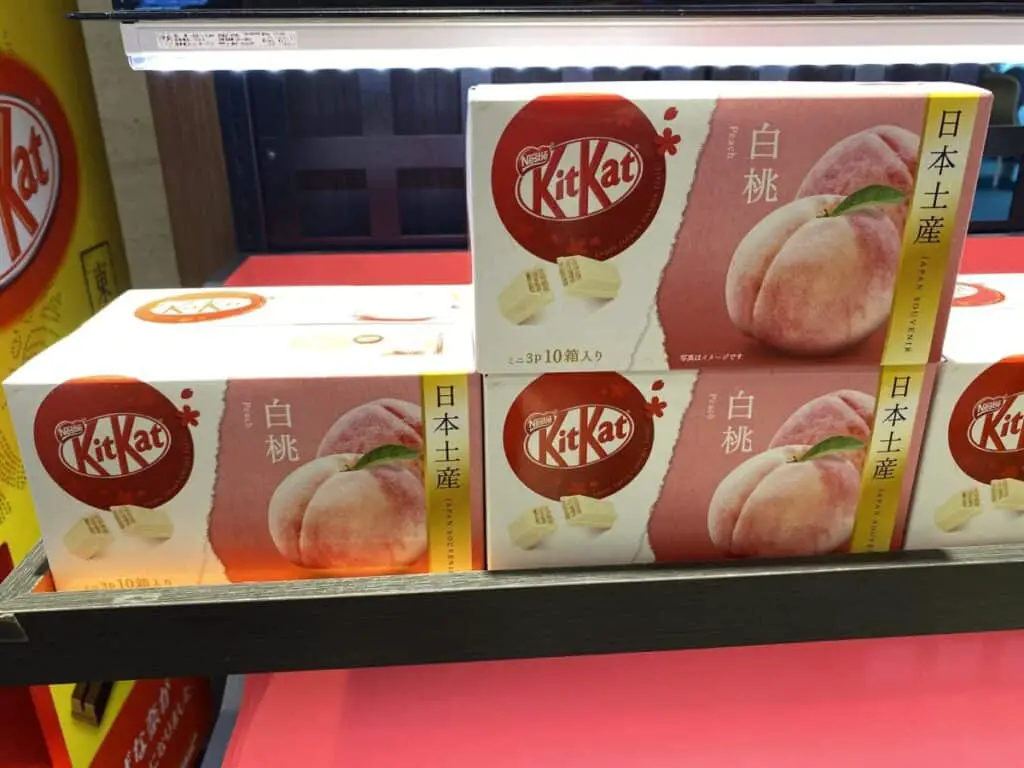
Foreign convenience stores in the USA, Europe, and many countries are generally not the kind of places where you should stop and eat your food inside. Any snacks you do get are what you will eat at the destination you are going to or while driving in the car. While many convenience stores may observe holidays and feature special flavored coffees and donuts, it isn’t like Japan’s incredible selection across the seasons offering what is commonly called limited-time flavors.
Final Thoughts
Konbinis is a far cry different from convenience stores outside of Japan. Konbinis have everything you could need and can be a great place to grab a meal in the middle of the night. Filled with high-tech time-saving terminals, delicious foods, and free internet, they make it inviting enough for people to stay for a while and enjoy a uniquely Japanese experience.
Lawson Stores Japan Official Website
Family Mart Japan Official Website
7-Eleven Japan Official Website

